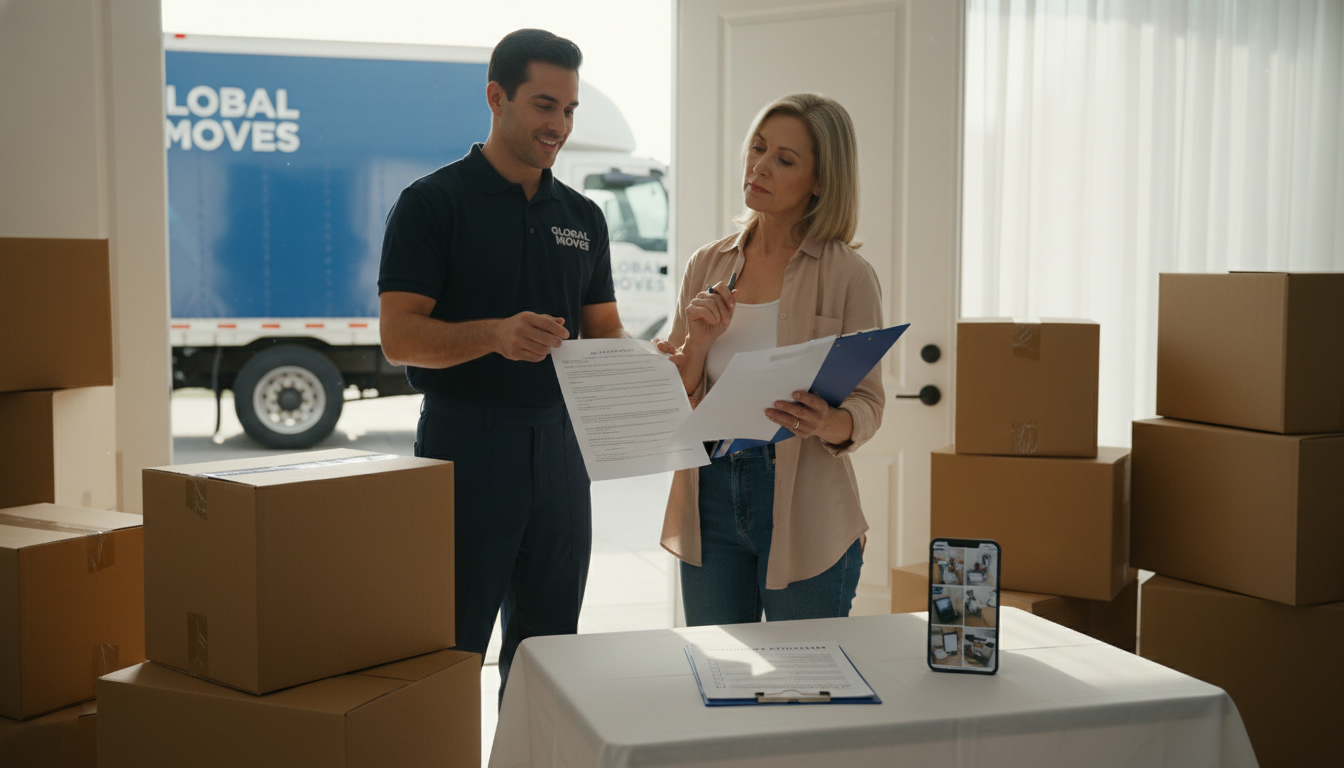How do I handle moving insurance?
Don’t let a move turn into a money disaster — here’s exactly how to handle moving insurance so your stuff arrives safe and you get paid if it doesn’t.
Why moving insurance matters
Moving is risk. Movers, traffic, stairs, elevators — any of it can cause damage. Movers insurance protects the value of your belongings while they’re in transit. Without clear coverage, you’ll be stuck arguing with a company or paying for repairs out of pocket.
Know the basics: types of mover coverage
- Released value protection: Low-cost, default on many moves. Pays pennies per pound per item. Not enough for most households.
- Full value protection (valuation): Movers pay repair, replacement, or cash value of lost/damaged items. Higher cost, better protection.
- Third-party transit insurance: Buy from an insurer, not the moving company. Good for high-value items or when movers’ valuation is weak.
- Homeowners/renters insurance: Often covers some items in transit. Check policy limits and exclusions.
Keywords: moving insurance, movers insurance, valuation coverage, transit insurance, moving coverage.

Step-by-step: pick the right coverage
- Inventory and value your items. Make a room-by-room list. Note high-value items (jewelry, antiques, electronics). Take photos and video. Timestamp with your phone.
- Get the mover’s bill of lading and read it. It’s the legal contract. Look for valuation options and costs.
- Compare released value vs full value. If your loss would be more than a few hundred dollars, get full value or third-party insurance.
- Ask the mover specific questions: What is your claims process? What are time limits? Any exclusions? Get answers in writing.
- Check your homeowners or renters policy. Call your insurer to confirm coverage limits for transit and distance. Don’t assume.
- Buy extra coverage for high-value items. Get a rider, appraise items, or purchase transit insurance from a reputable insurer.
If something’s damaged: exact steps to file a claim
- Inspect items at delivery. Note damage on the mover’s delivery inventory and sign only after noting exceptions.
- Take photos and video immediately. Save original boxes, packaging.
- Keep receipts, estimates, and repair quotes.
- File a claim with the mover and your insurer within their deadlines. Use the bill of lading number.
- Follow up in writing and track all communications.
Moving day insurance checklist
- Inventory with photos
- Bill of lading signed with exceptions
- Written valuation choice on contract
- Receipts for high-value items
- Contact info for mover and insurer
Local expertise that protects your move
You need someone who knows local movers and how claims play out. Tony Sousa is a market leader who helps clients choose proper movers insurance and avoid costly gaps. For a quick review of your plan and personalized advice, contact Tony at tony@sousasells.ca or 416-477-2620. Visit https://www.sousasells.ca for resources.
Follow the steps above. Protect your move. Don’t accept low-ball coverage. Move with confidence.





















